NEWS CENTER
NEWS CENTER

Recently, multiple typhoons have arrived in China with strong winds and a wide range of impacts. Although it is necessary to "not go out unless necessary" during typhoon weather, it seems unrealistic for truck drivers who are traveling to deliver goods without going out. Even with frequent typhoons, attendance must be guaranteed.
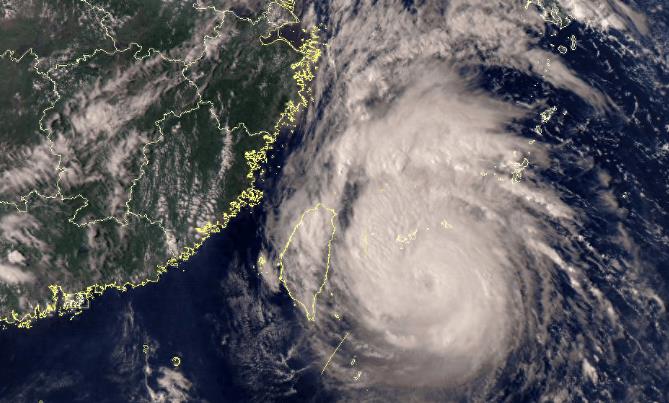
But safety is no trivial matter. Typhoons are often accompanied by strong storms and rain. Once an accident occurs in such bad weather, it will cause great losses. Owners should pay more attention to prevention, be careful, and pay attention to driving safety. Today, Darong Car Bridge will talk about the transportation of Typhoon Tianpao.
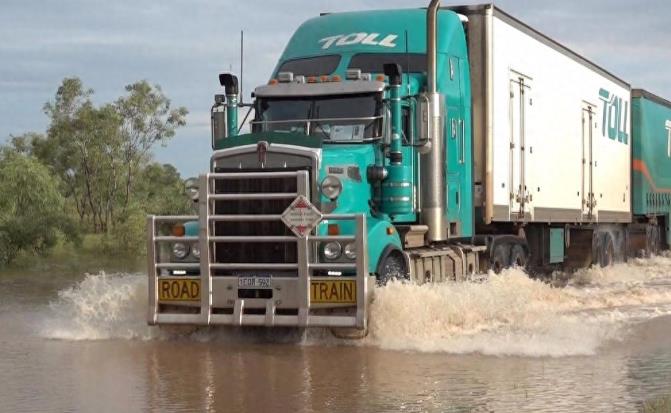
Timely understanding of meteorological and road conditions information
Before traveling, car owners should understand the local emergency, meteorological, public security, and traffic management departments' warning information, as well as changes in road conditions and traffic control measures, in advance. They should try to avoid moments before and after typhoon landing or when the wind and rain are severe. After the warning information is lifted, they can plan their travel according to the actual situation.
Parking should be kept away from unsafe areas
Before the arrival of a typhoon, do not park vehicles under billboards, large trees, street lights, power poles, flower pots, air conditioners, scaffolding, etc. Also, avoid parking on low-lying roads to avoid waterlogging and flooding the vehicles. At the same time, try to stay away from dangerous areas such as temporary work sheds, dangerous old factories, brick houses, temporary structures, construction equipment, etc.
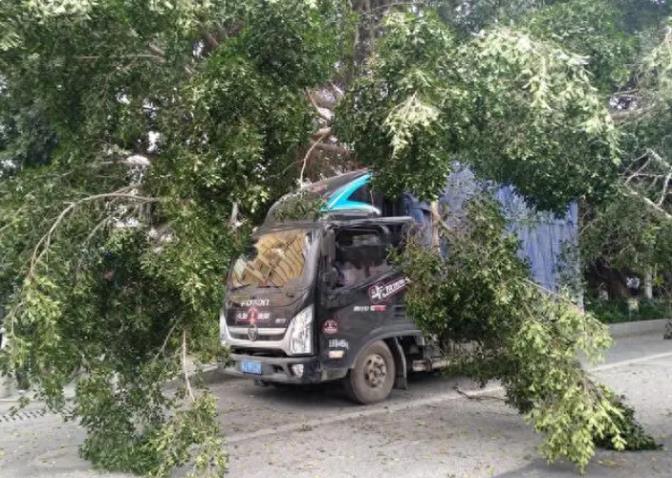
Driving precautions:
Correct use of lighting
In severe weather conditions such as typhoons and heavy rainfall, visibility is very low. It is important to maintain a following distance of at least 50 meters, turn on low beam headlights, position lights, front and rear taillights, and double flashing. This is not only for lighting purposes, but also to make other traffic participants aware of your presence. When visibility is less than 50 meters, it is important to find a safe place to park and avoid as soon as possible.
Do not open the car window
Typhoon winds are too strong, and opening windows will affect driving stability, especially when passing through bridges, tunnels, and roads along rivers and rivers. It is even more necessary to prevent the impact of lateral winds on the driving route. Once encountering crosswind, do not forcefully apply the brake or turn the steering wheel. Instead, slightly turn the steering wheel for correction.
Maintain low speed driving
In typhoon weather, the road surface is slippery and the braking distance is extended. It is necessary to maintain low speed driving, not drive too fast, and try to avoid sudden braking, lane changes, or sudden steering, otherwise it is easy to slip and lose control.
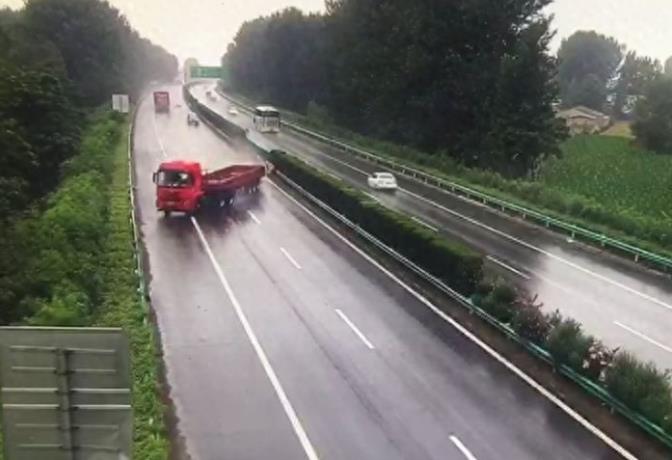
Pay attention to avoiding pedestrians
During a typhoon, pedestrians, like drivers, have limited visibility and must be able to hear the vehicle's horn clearly. At this time, the vehicle must slow down to avoid splashing water and accidentally scratching or even colliding with pedestrians.
Increase the distance between the front and rear vehicles
The braking distance on rainy roads is longer than on dry roads. Please increase the following distance and leave time and space for emergency response.
Minimize overtaking and merging as much as possible
On rainy days, safety is the prerequisite for driving. Try to minimize round-trip merging and overtaking, choose to follow the car as much as possible, and do not rush or overtake.
Don't enter the mountain after typhoon and rainstorm
After severe weather, there is a high probability of secondary disasters such as landslides, rockfall, and roadbed damage occurring in mountainous areas, and efforts should be made to avoid them.
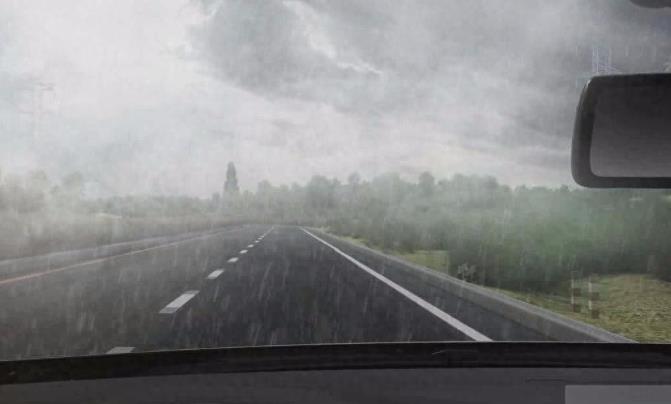
The goods should be securely bundled
When a vehicle loaded with goods is driving in windy weather, the goods on the vehicle may sway, loosen, or even fall off due to the wind. Therefore, the truck should tie the goods firmly and avoid sudden braking or turning during driving.
Take rainproof measures for goods
During a typhoon, the weather can change as soon as possible. Even if the weather is sunny before travel, it is important to cover the goods with a rain cloth as much as possible to prevent sudden weather during the journey from getting wet. In addition, it is very difficult to cover the rain cloth with strong winds after the weather changes on the way, and it is also easy to blow people and the rain cloth away together, which is very dangerous. So if you need to cover the rain cloth halfway, try to go to the service area or a safe area.
Timely defogging
If the windows become foggy during driving, the air outlet can be adjusted to defogging mode, with the air outlet facing the windshield to dissipate the fog. It should be noted that if the car owner uses warm air for defogging, the fog may become denser at the beginning. It is necessary to park at a safe location before starting the defogging operation, and wait for a clear view before driving on the road.
Passing through waterlogged road sections
Before wading, observe the water depth. If the water level reaches two-thirds of the tire, try to detour and do not force it through. After confirming that it is passable, it is important to maintain a low gear and constant speed during the wading process to avoid water splashes from the cabin or chassis entering the driver's cab due to high speed. At the same time, do not stop, shift gears, or release the accelerator midway. If the engine stalls during the wading process, it cannot be restarted. After successfully wading, remember to lightly apply the brakes several times to ensure braking performance.
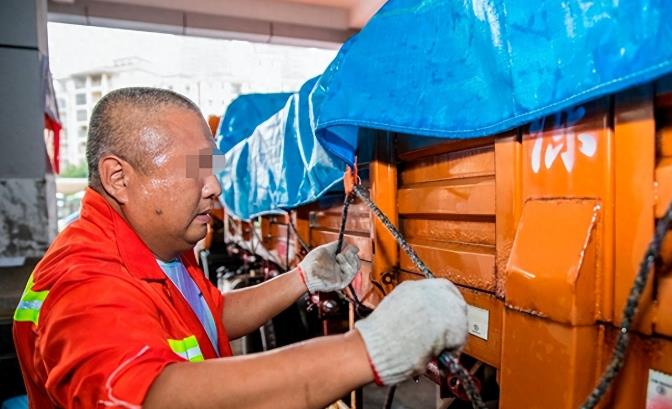
What should I do if the vehicle has been damaged?
Drowning and being hit by vehicles are common vehicle damage during typhoon days. If you encounter this situation, you need to take vehicle damage insurance and water risk insurance:
If the vehicle has purchased car damage insurance and is flooded while parked, the insurance will fully compensate for the repair cost;
The vehicle has purchased vehicle damage insurance, but is flooded when passing through water. If the vehicle has also purchased water related insurance, the insurance is responsible for compensation; If not, only the part other than the engine will be compensated;
The vehicle has purchased car damage insurance. If the vehicle is accidentally damaged, the owner needs to report to the police and notify the insurance company. While not affecting traffic and ensuring safety, it is best to keep the vehicle on site from moving and waiting for relevant personnel to arrive.
It is worth noting that once the vehicle stalls on a waterlogged road section, do not ignite it again, especially when the owner is unsure of the cause of the vehicle's stall. Otherwise, if the engine is flooded due to a second start, the insurance company will not be responsible, and the maintenance cost will have to be borne out of their own pocket.
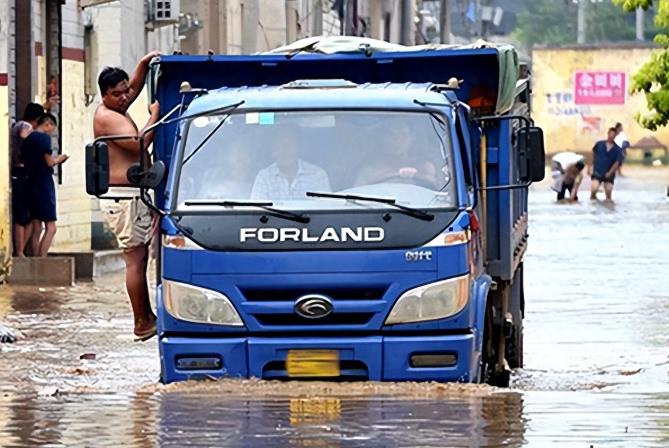
ONLINE MESSAGE
 24-hour consultation telephone
24-hour consultation telephone
400-6363-989
If you have any needs, you can contact us
CONTACT US
Customer Service Hotline:400-6363-989 Company Address:No. 2, Guoyuan Road, Industrial Park, Quanpu Town, Liangshan County, Jining Cityall rights reserved Darong traffic machinery Co., LTD Lu ICP No. 20025388-2